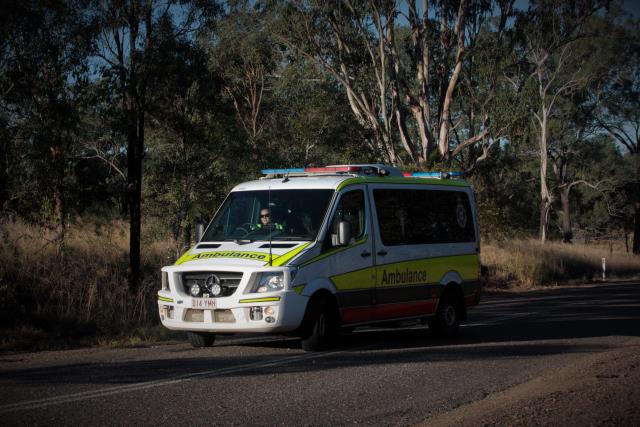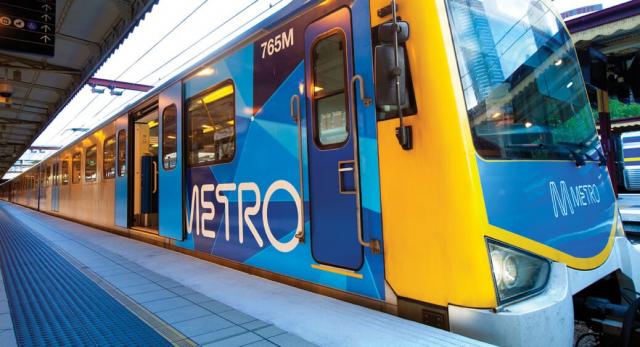The Maribyrnong and Hobsons Bay municipalities have recorded improved ambulance response times for urgent care for a second consecutive quarter, according to the latest Ambulance Victoria (AV) response statistics.
Code one incidents, those which require urgent paramedic and hospital care and use lights and sirens, are aimed to be responded to within 15 minutes.
For those in Maribyrnong, the average response time for code one cases from October to December, was 14 minutes and 16 seconds, a one minute and 51 second improvement on the 16 minutes and seven second average in the previous quarter.
The statistics show 70.8 per cent of responses were responded to within 15 minutes, improving on 63.2 per cent from July to September.
The average response time for patients requiring urgent care in Hobsons Bay from October to December, was 15 minutes and 17 seconds, with 63.2 per cent of call outs having a response of less than 15 minutes.
This is an improved response time of two minutes and 23 seconds.
In comparison to the last quarter, which had an average response rate of 15 minutes and 46 seconds and only 53.5 per cent of cases responded to within 15 minutes a year earlier.
Ambulance Victoria metropolitan regional director Michael Georgiou said the latest data is pleasing, but further improvement is always welcome.
“While there is more work ahead of us, it is encouraging that our response to Code 1 emergencies improved a full minute and 46 seconds across Victoria compared to a year ago,’ he said.
“We are proud of the outstanding care our dedicated and hardworking paramedics and first responders deliver every day.
“Around Maribyrnong and Hobsons Bay, we have been dynamically deploying additional crews at peak times to improve our response capability in areas where major infrastructure projects are underway.
“It is also great to see people in Maribyrnong and Hobsons Bay embracing the Victorian Virtual Emergency Department (VVED) for non-urgent cases to avoid unnecessary trips to our emergency departments.”







